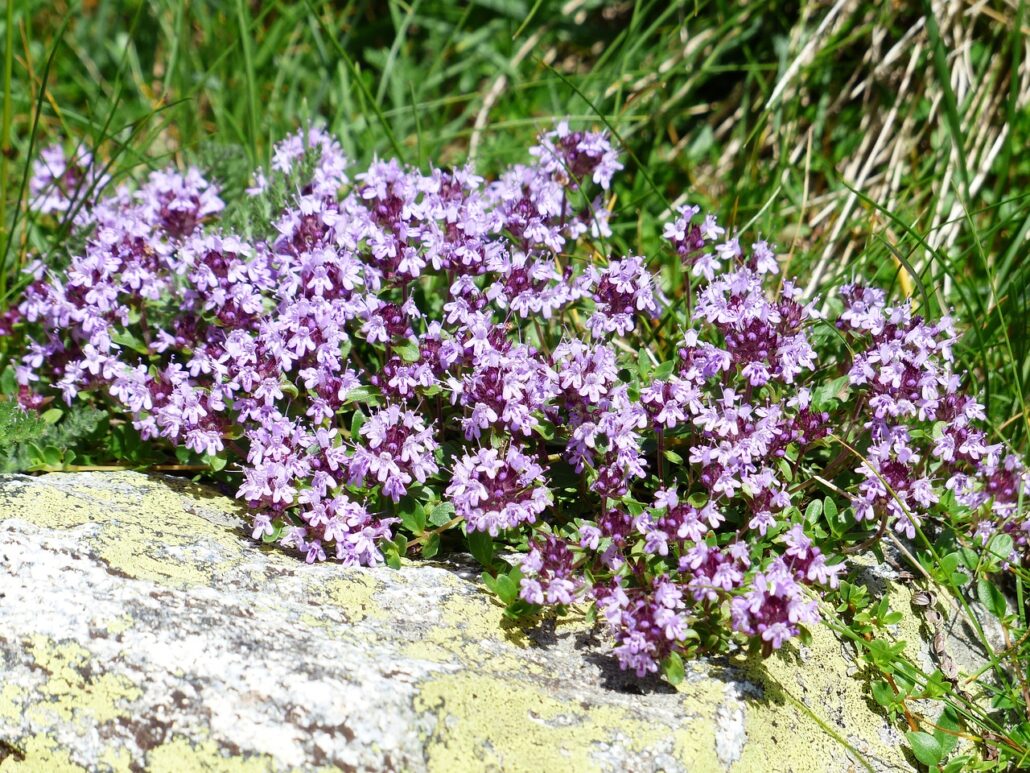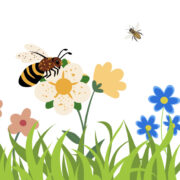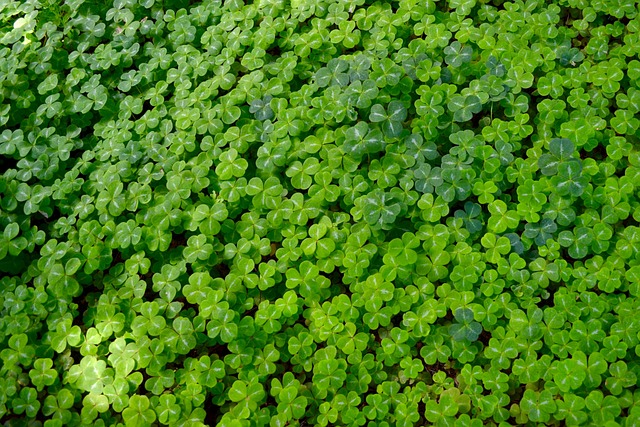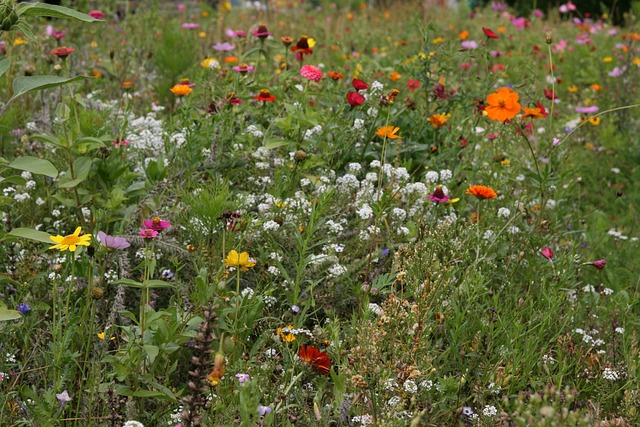THE LAWN: CHANGING OLD HABITS
After the no mow May, let’s continue in the same vein for pollinators and biodiversity this summer! Why not transform some of your lawn ? You could create a better habitat for our discreet neighbors, insects and other arthropods.
Choosing a new ground cover
Grass is terribly water-hungry, requires recurrent care and many people even use chemical products. This environment offers few ecological advantages. A ground cover more suited to our climate, on the other hand, requires less maintenance, encourage the arrival of various insects and contribute to soil’s health. You’re lucky when it comes to choose a ground cover. White clover is a well-known possibility which, in addition to providing pretty flowers for pollinators, fixes nitrogen from the air and makes it available to other organisms. Other plants such as thyme, oregano, mint and mosses are also interesting choices. The possibilities are endless!
Aiglon indigo presents here (in French) a list of alternative groundcovers to suit the specific environment of your yard. You can also add Japanese steps to your landscape to protect your ground cover in the most trampled areas. 
A biodiversity-friendly ground, even with grass!
If the idea of a different ground cover doesn’t appeal to you, there are other options available. The simplest action is to keep the grass longer, or leave it uncut, in areas where you use less your land. This is called differentiated mowing. Work less and help more by keeping grass clippings after mowing and letting the rain do the watering. The second option is to integrate flower meadows. If you’d like to make your own selection, Fleurs sauvages du Québec and Hydro Québec (in French) allow you to view the species according to their characteristics, such as color and flowering time. There’s a third way to increase the biodiversity of your lawn without touching it. This involves planting flower pots, creating pollinator gardens or even planting a few fruit trees. The advantage of trees is to provide food and shelter for birds and other small animals.
In short, let’s add a little life to our land and make the most of nature’s beauty. Who knows, maybe you’ll catch your first glimpse of a stunning species over your morning coffee!





